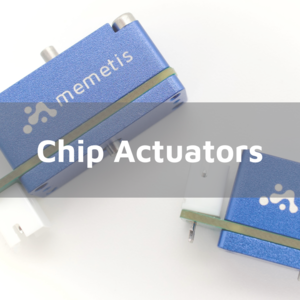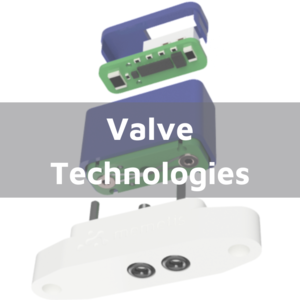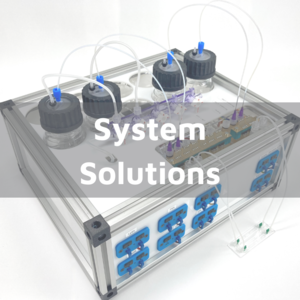One material with two faces
Animation
-
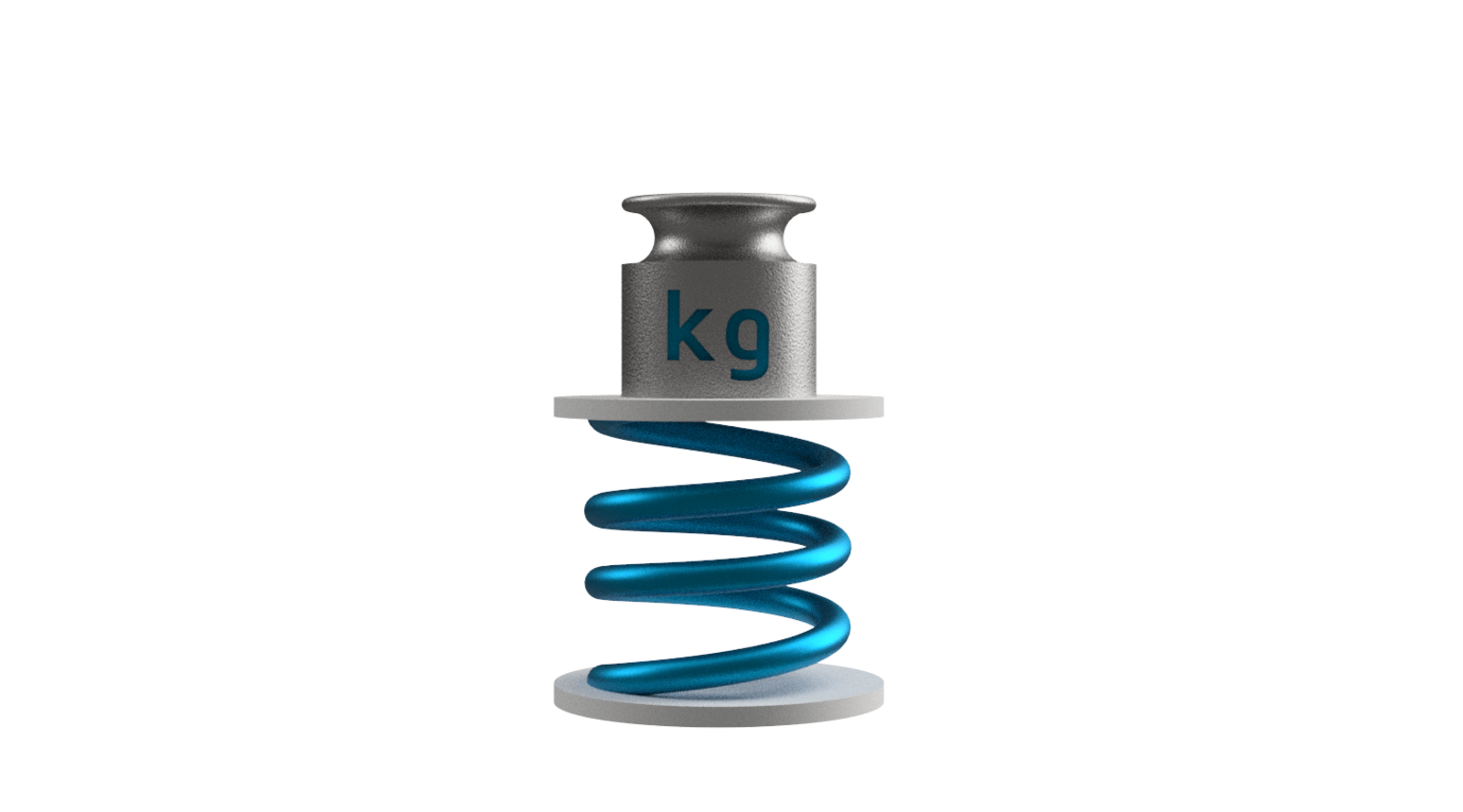
Martensite (low temperature phase)
In the cold state, the shape memory alloy can easily be deformed by yielding to the forces acting on it (e.g. a weight).
-
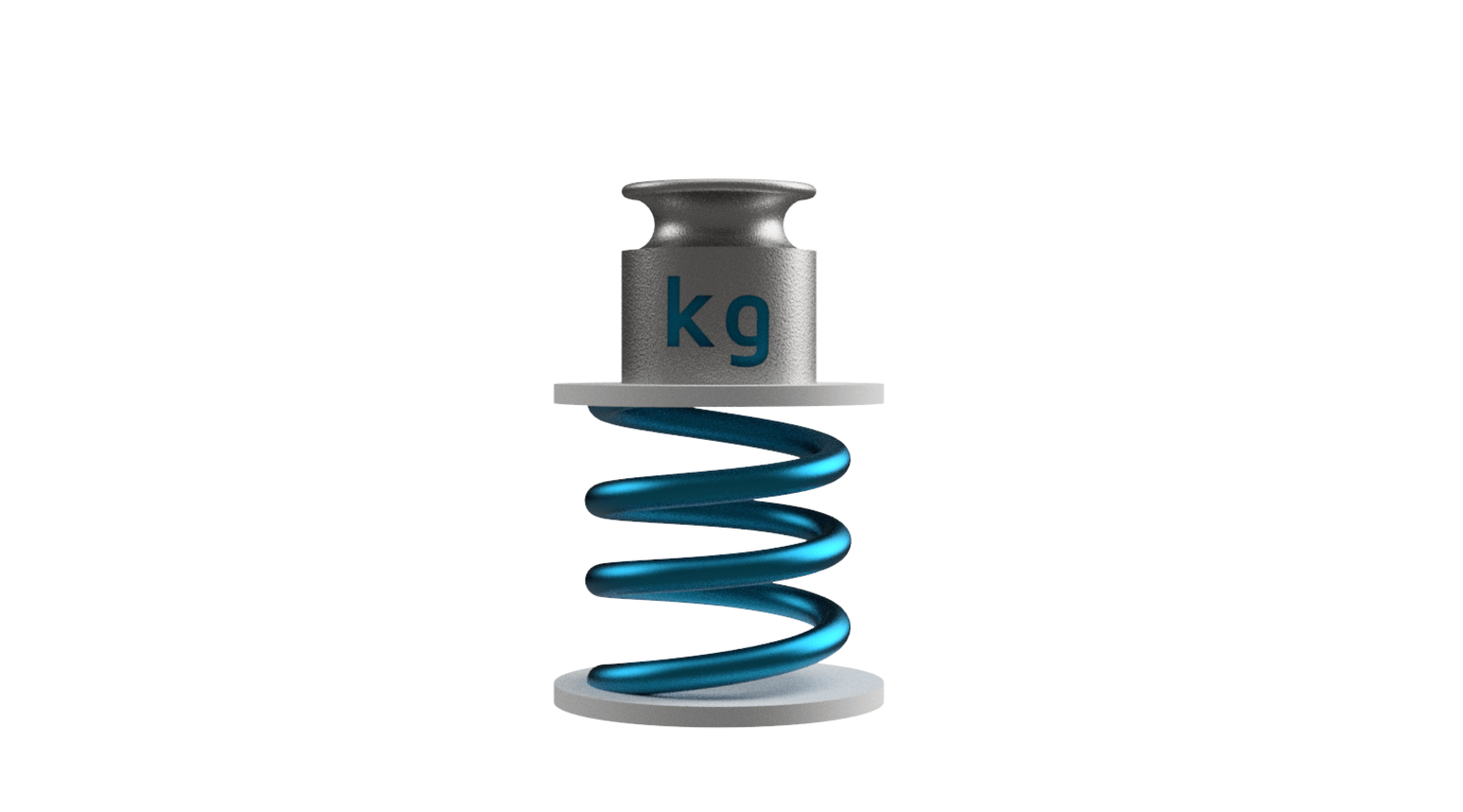
Martensite (low temperature phase)
In the cold state, the shape memory alloy can easily be deformed by yielding to the forces acting on it (e.g. a weight).
-
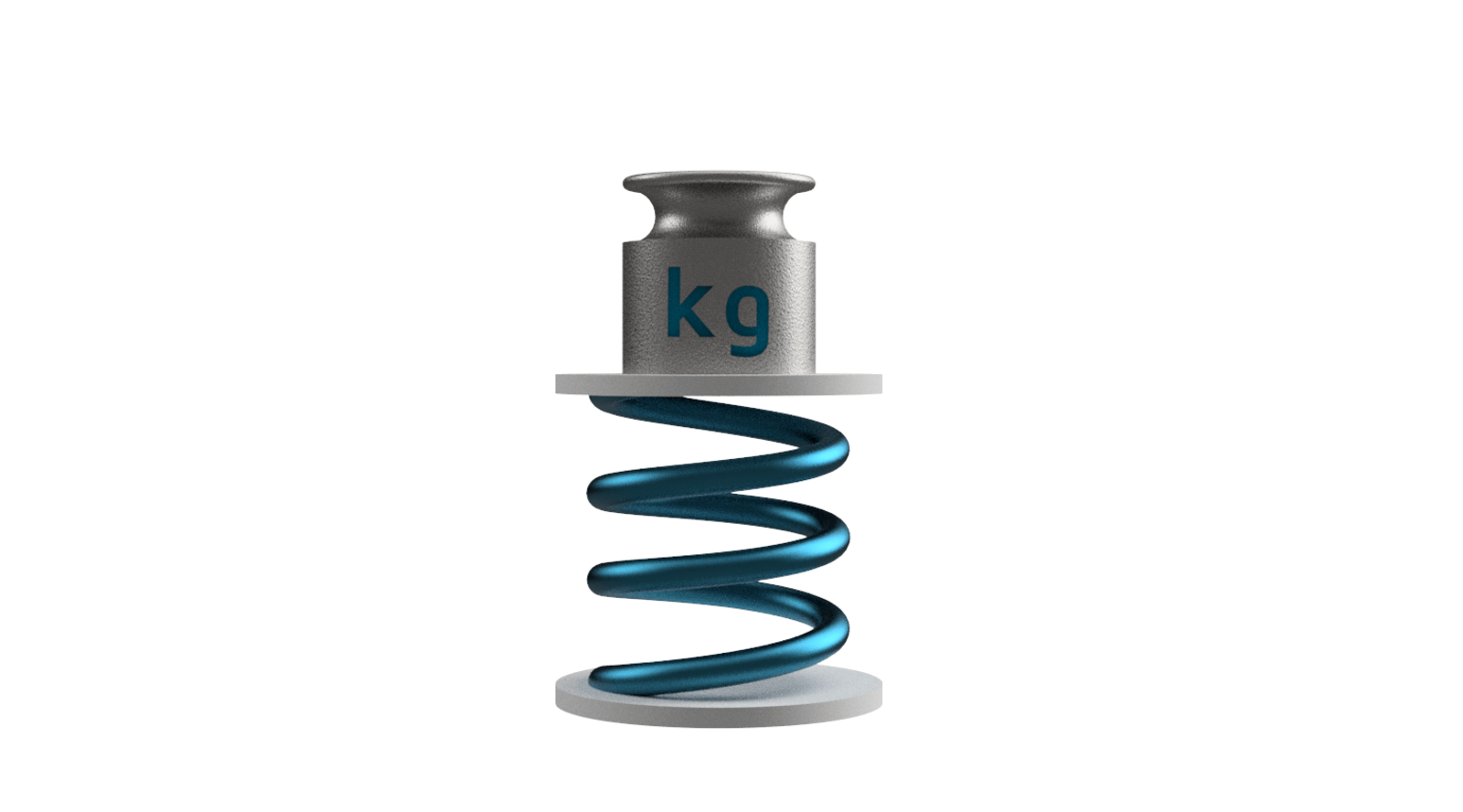
Martensite (low temperature phase)
In the cold state, the shape memory alloy can easily be deformed by yielding to the forces acting on it (e.g. a weight).
-
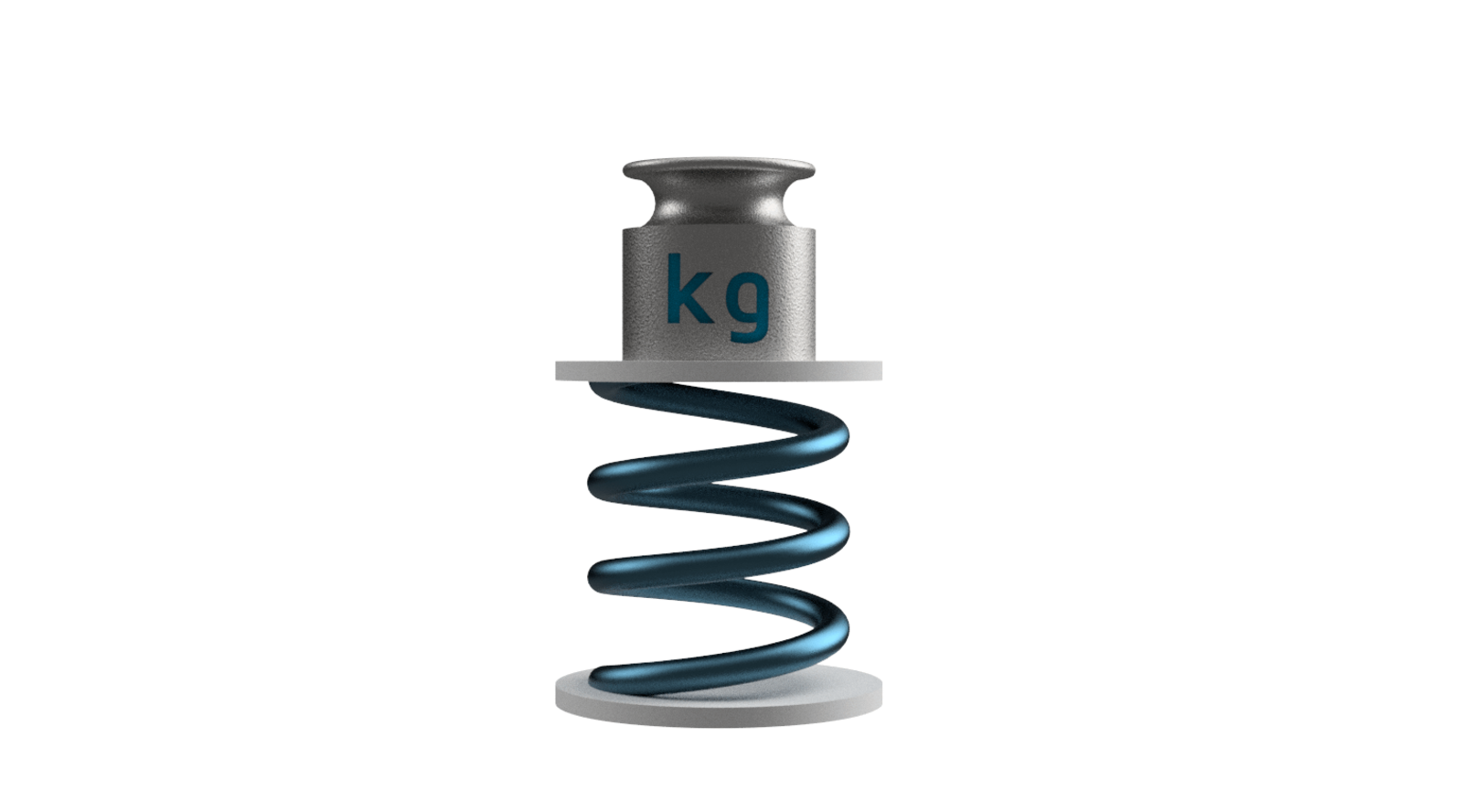
phase transition
With increasing temperature of the shape memory alloy, the microstructure of the material transforms into austenite and assumes its "shape memory".
-
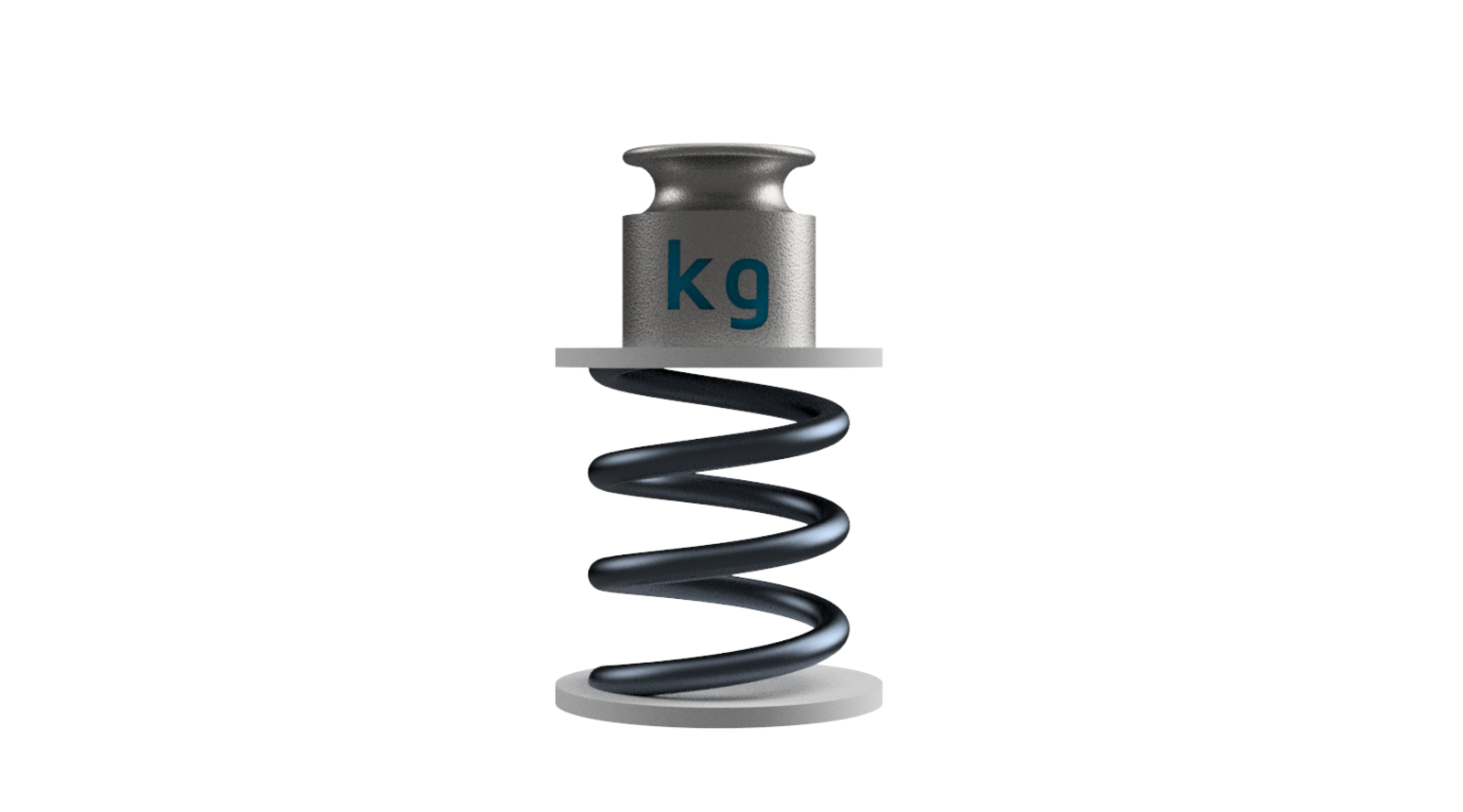
phase transition
With increasing temperature of the shape memory alloy, the microstructure of the material transforms into austenite and assumes its "shape memory".
-
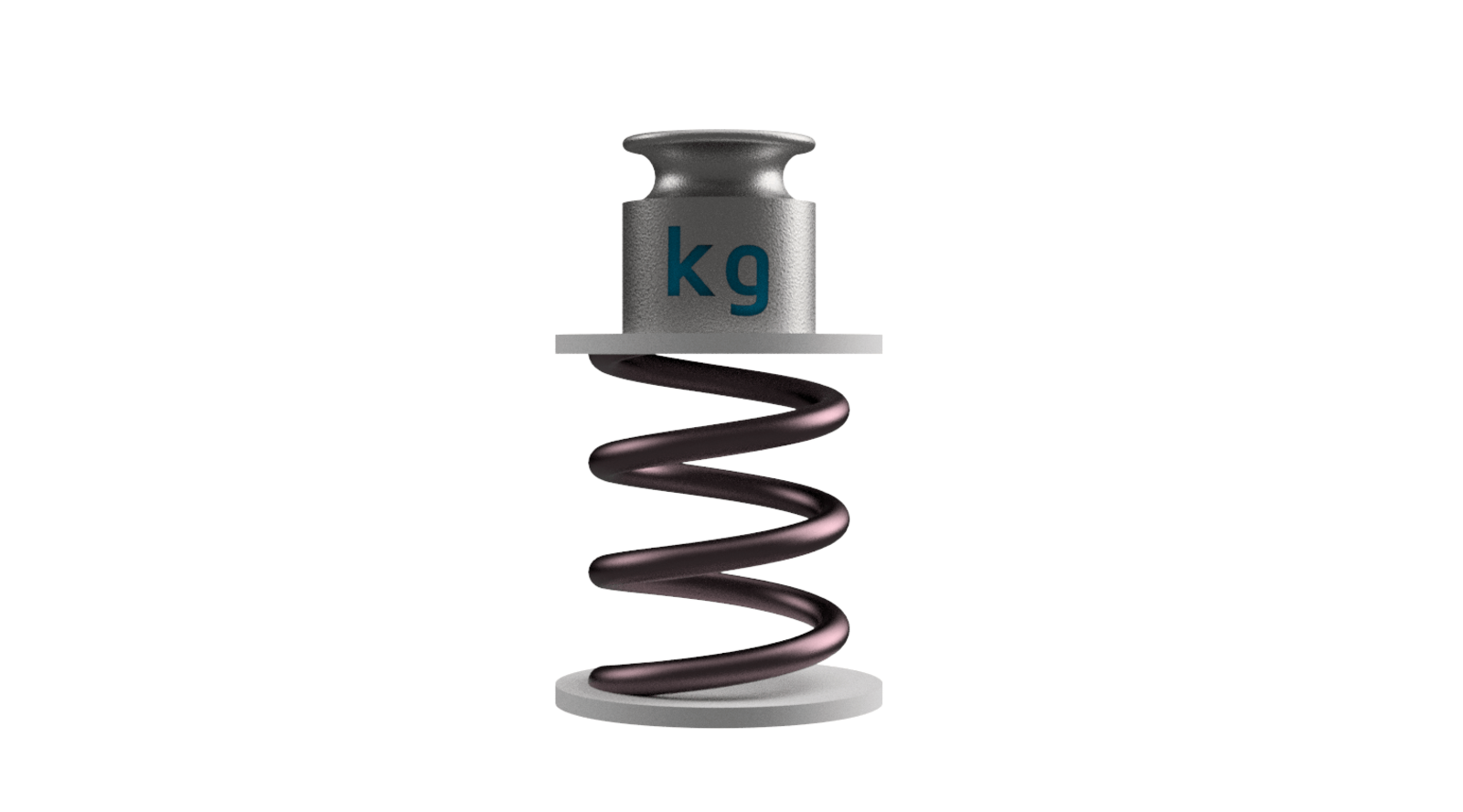
phase transition
With increasing temperature of the shape memory alloy, the microstructure of the material transforms into austenite and assumes its "shape memory".
-
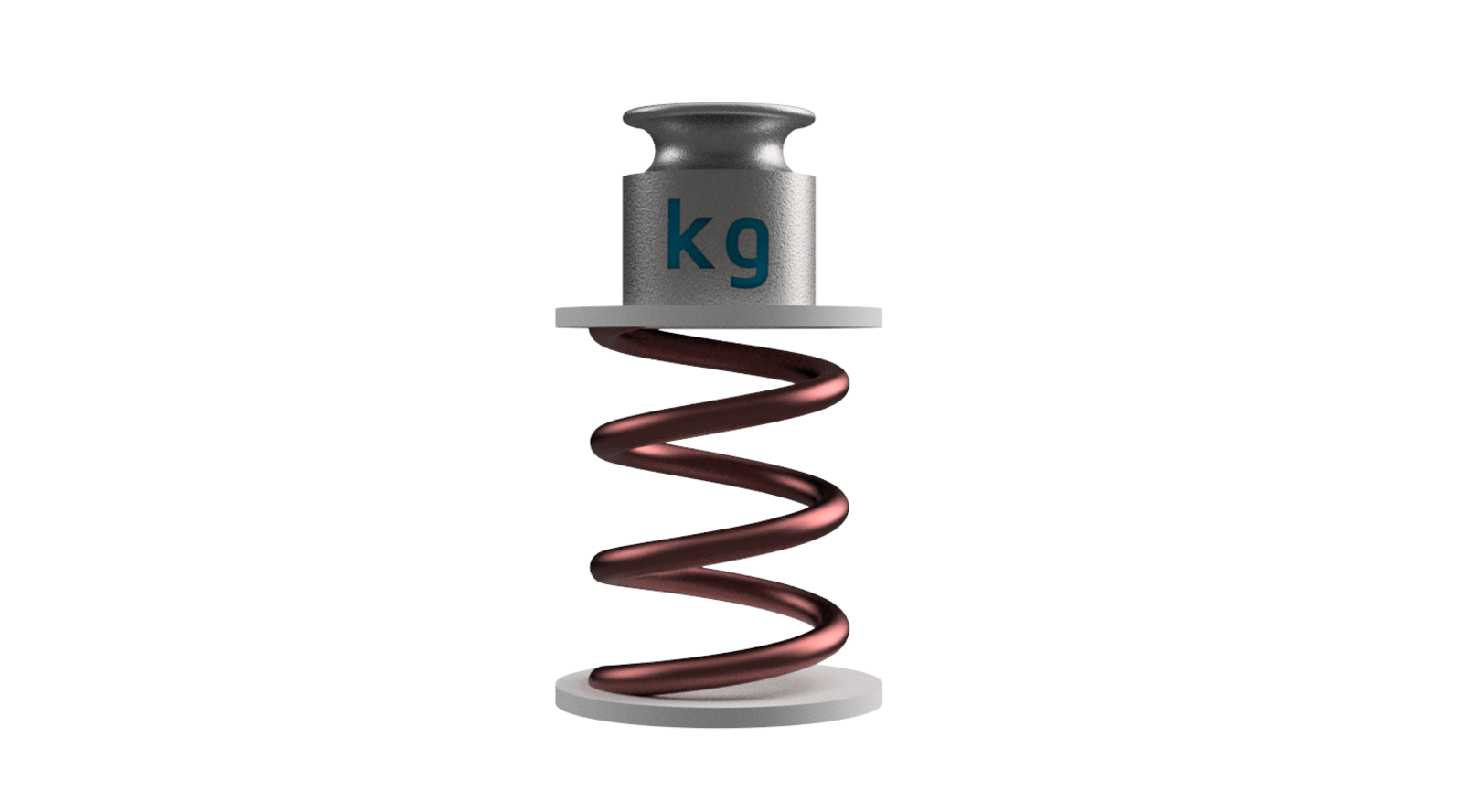
Austenite (high temperature phase)
If a certain temperature is exceeded, the shape memory alloy unfolds its full force. In this high-temperature phase, the material remembers an external shape exactly.
-
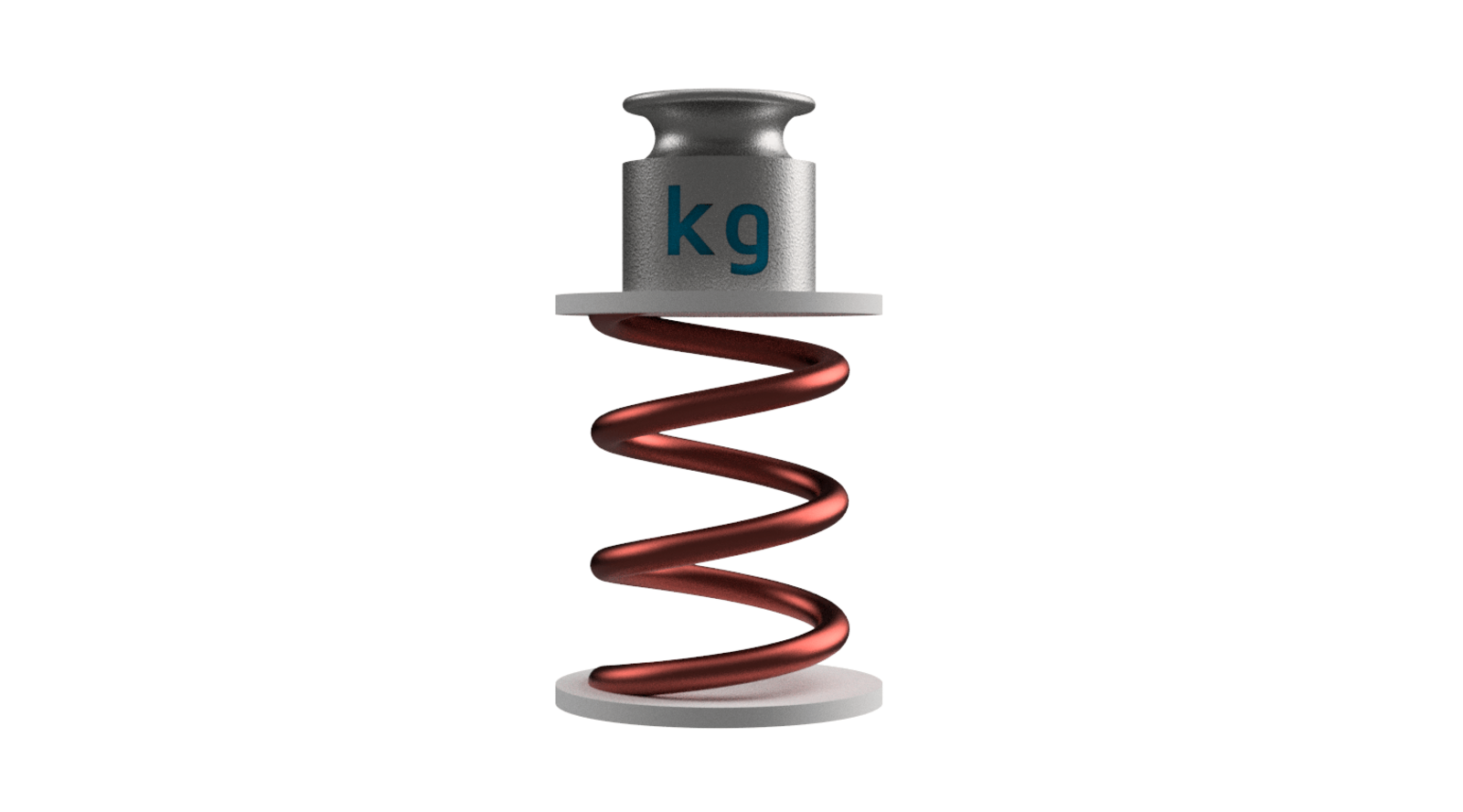
Austenite (high temperature phase)
If a certain temperature is exceeded, the shape memory alloy unfolds its full force. In this high-temperature phase, the material remembers an external shape exactly.
-
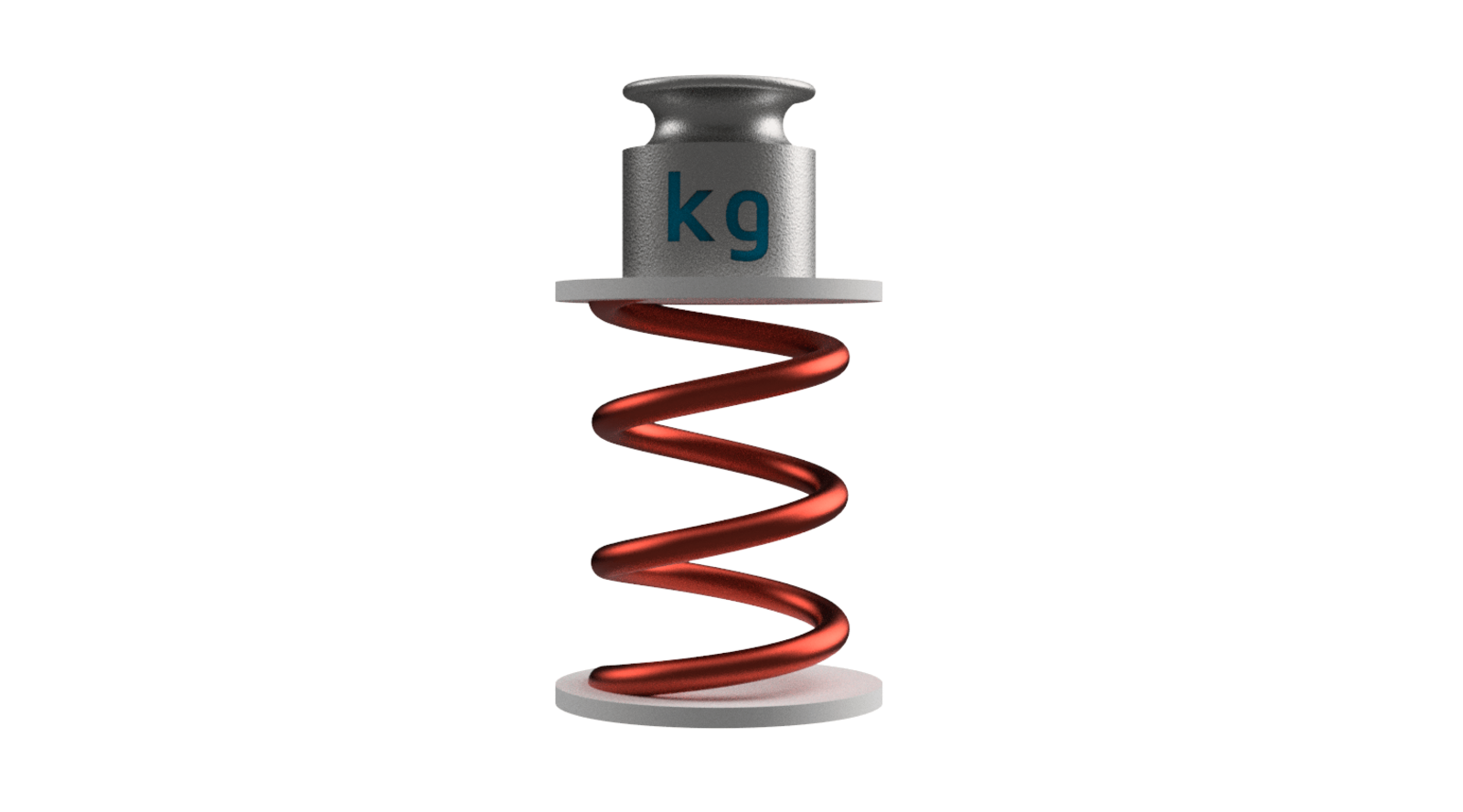
Austenite (high temperature phase)
If a certain temperature is exceeded, the shape memory alloy unfolds its full force. In this high-temperature phase, the material remembers an external shape exactly.
-
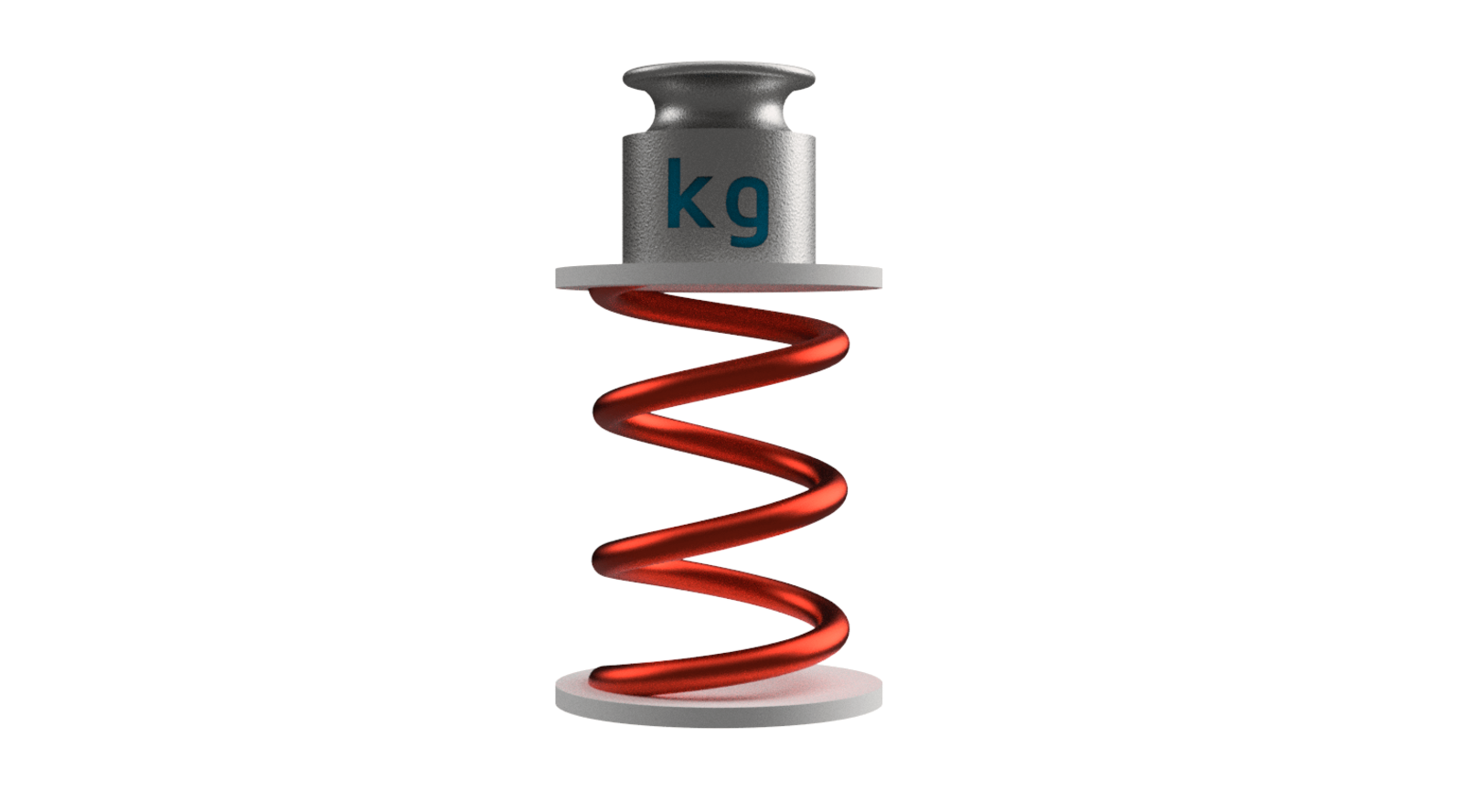
Austenite (high temperature phase)
If a certain temperature is exceeded, the shape memory alloy unfolds its full force. In this high-temperature phase, the material remembers an external shape exactly.

